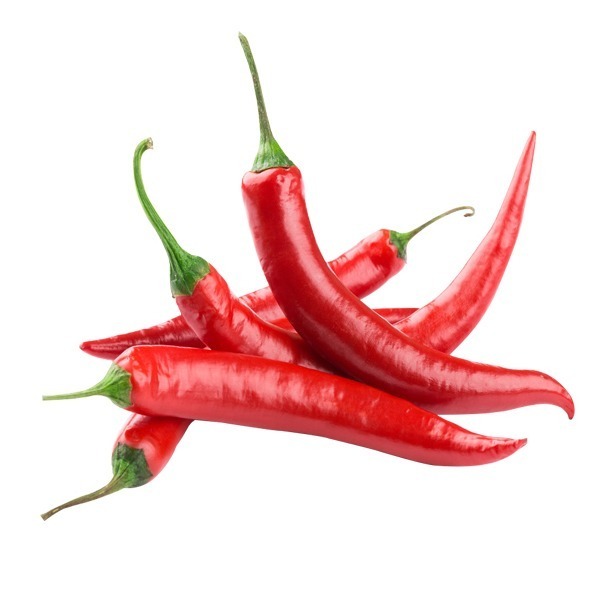
Giới thiệu về ớt Cao Bằng tại trang trại DACE
Chúng tôi chủ yếu trồng ớt cay, thường được gọi là “ớt chỉ thiên”, tại Cao Bằng. Ngoài ra, chúng tôi cũng dành một phần nhỏ diện tích đất nông nghiệp để trồng “ớt chỉ địa” (loại ớt có độ cay nhẹ hơn) phục vụ thị trường châu Âu. Tổng diện tích canh tác ớt của chúng tôi tại Cao Bằng là 100 ha, trong đó 60 ha được dành cho canh tác hữu cơ, mang lại sản lượng khoảng 1.200 tấn mỗi năm. Phần diện tích còn lại 40 ha được trồng theo quy trình nông nghiệp an toàn, đáp ứng các tiêu chuẩn của EU, Nhật Bản và Hàn Quốc, với sản lượng hàng năm khoảng 1.000 tấn. Tổng sản lượng ớt hàng năm của chúng tôi đạt khoảng 2.200 tấn.
Việc canh tác ớt đòi hỏi kỹ thuật nông nghiệp tiên tiến và sự chăm sóc tỉ mỉ, đặc biệt là trong sản xuất hữu cơ. Trong hơn một thập kỷ qua, chúng tôi đã tích lũy được nhiều kinh nghiệm quý báu trong sản xuất ớt hữu cơ. Một trong những bài học quan trọng nhất là duy trì sự cân bằng sinh học và phát triển hệ vi sinh vật có lợi trong đất, giúp cây trồng khỏe mạnh hơn và có khả năng chống chịu tốt hơn với sâu bệnh. Ngoài ra, phương pháp canh tác sinh thái của chúng tôi giúp tăng số lần thu hoạch, nâng năng suất lên khoảng 20 tấn/ha/năm.
Nông dân đóng vai trò quan trọng trong quá trình sản xuất ớt. Các thành viên trong gia đình—bao gồm cả trẻ em sau giờ học và người cao tuổi—đều tham gia vào việc thu hoạch. Sự đóng góp của họ đảm bảo quá trình thu hoạch diễn ra đều đặn và hiệu quả trong suốt mùa vụ.
Hiện tại, DACE đang chế biến và xuất khẩu các sản phẩm ớt dưới các hình thức sau.
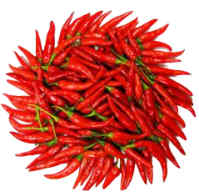
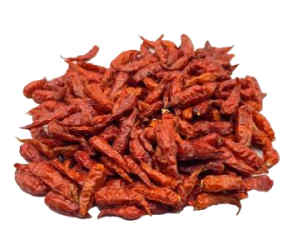
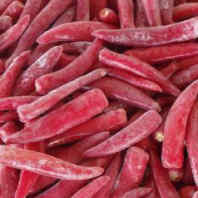
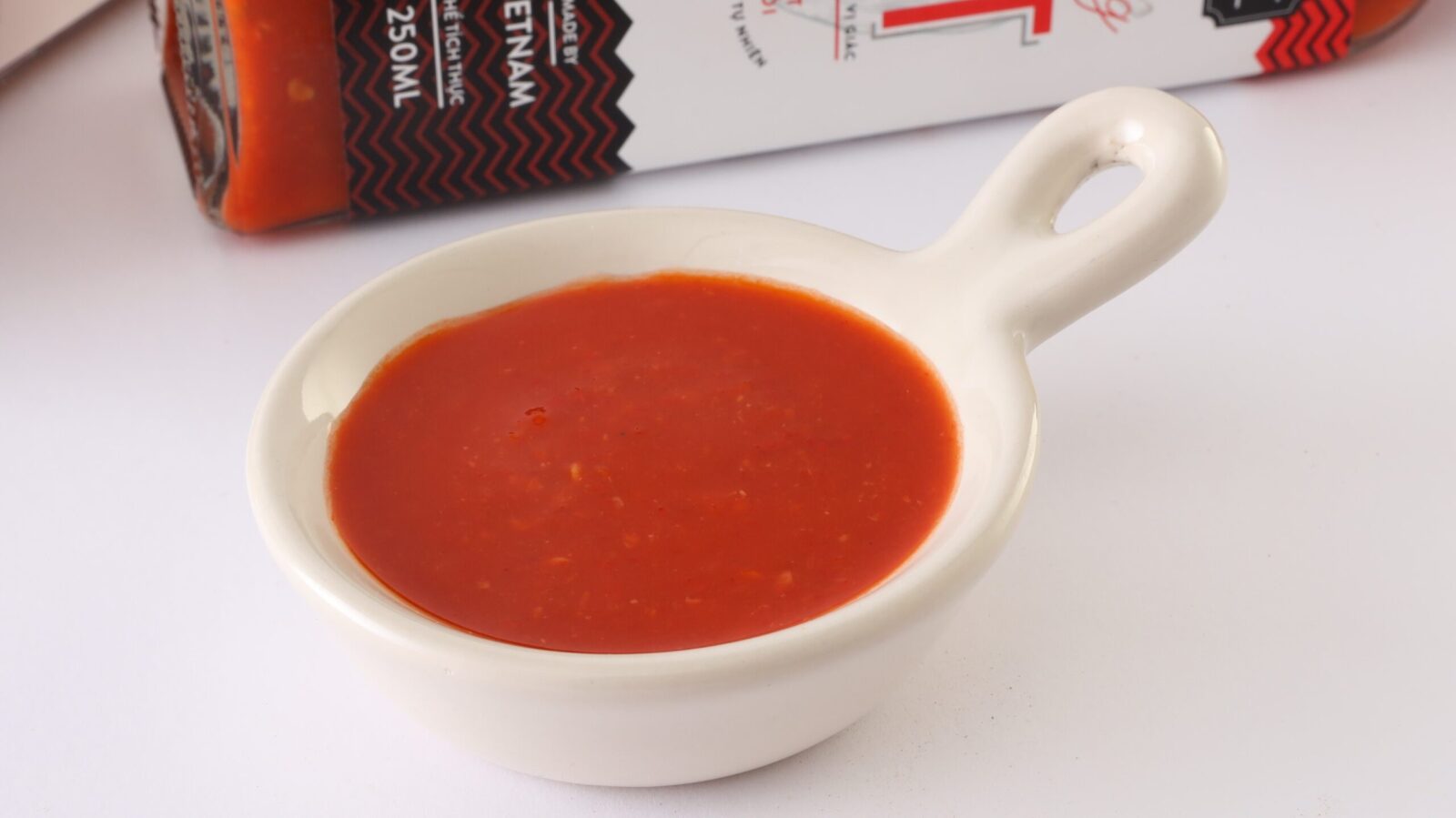
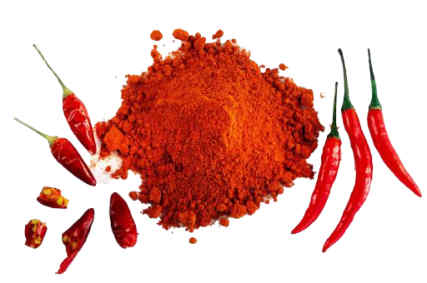
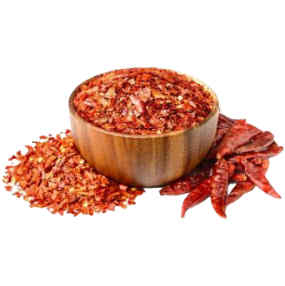
Nâng tầm món ăn của bạn với những loại gia vị được chọn lọc kỹ lưỡng của chúng tôi.
Với cam kết về chất lượng và an toàn, chúng tôi mang đến cho bạn những loại gia vị tốt nhất từ Việt Nam.
Hãy liên hệ với chúng tôi để được tư vấn hoặc đặt hàng!